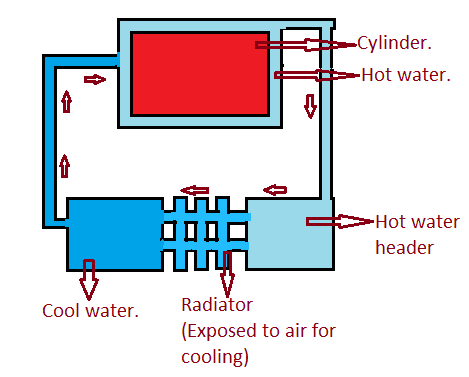A choke is an electrical component that limits the amount of current flowing in a circuit. It typically consists of a coil of wire and is used to filter out unwanted interference, such as radio frequency interference (RFI) or electromagnetic interference (EMI).
A transformer, on the other hand, is an electrical component that is used to transfer electrical energy from one circuit to another, typically through the use of electromagnetic induction. A transformer changes the voltage level of an alternating current (AC) electrical supply, allowing it to be used with different types of equipment or in different parts of a circuit.
In summary, a choke is used to filter out unwanted interference, while a transformer is used to change the voltage level of an electrical supply.
The in-Detail difference between choke and transformer
A choke and a transformer are both electrical components that serve different purposes in a circuit.
A choke is an inductor that limits the amount of current flowing in a circuit. It typically consists of a coil of wire and is used to filter out unwanted interference, such as radio frequency interference (RFI) or electromagnetic interference (EMI). Chokes are passive devices and they do not consume any power. They work by creating a magnetic field around the coil of wire when an electrical current flows through it. This magnetic field opposes to any changes in the current flowing through the coil, and as a result, it acts as a filter, blocking any unwanted interference while allowing the desired current to pass through.
Chokes are often used in power supplies and audio equipment to eliminate unwanted noise and interference. They can also be used in radio frequency applications to block any unwanted signals and to improve the signal-to-noise ratio.
On the other hand, a transformer is an electrical component that is used to transfer electrical energy from one circuit to another, typically through the use of electromagnetic induction. A transformer has two or more coils of wire, known as the primary and secondary coils. The primary coil is connected to the source of electrical energy, while the secondary coil is connected to the load. When an alternating current (AC) flows through the primary coil, it creates a changing magnetic field that induces a current in the secondary coil. This allows the transformer to change the voltage level of an AC electrical supply, allowing it to be used with different types of equipment or in different parts of a circuit.
Transformers are widely used in power transmission and distribution systems to change the voltage level of electricity before it is delivered to homes and businesses. They are also used in electronic devices such as televisions, radios, and computer power supplies. They can be used to step up or step down the voltage level, depending on the needs of the circuit.
In summary, a choke is an electrical component that limits the amount of current flowing in a circuit. It typically consists of a coil of wire and is used to filter out unwanted interference, such as radio frequency interference (RFI) or electromagnetic interference (EMI). A transformer, on the other hand, is an electrical component that is used to transfer electrical energy from one circuit to another, typically through the use of electromagnetic induction. A transformer changes the voltage level of an alternating current (AC) electrical supply, allowing it to be used with different types of equipment or in different parts of a circuit.
In conclusion, while both choke and transformer are passive components, they serve different purposes in a circuit. Chokes are used to filter out unwanted interference, while transformers are used to change the voltage level of an electrical supply. Understanding the difference between these two components is important in selecting the right component for a specific application and in designing and maintaining electrical circuits.


